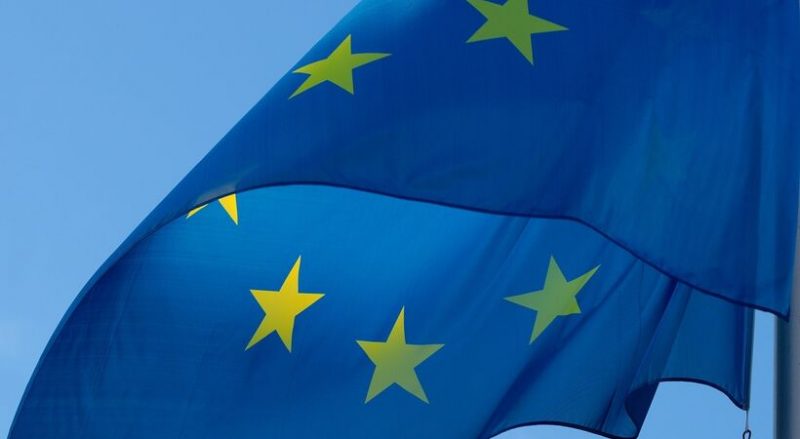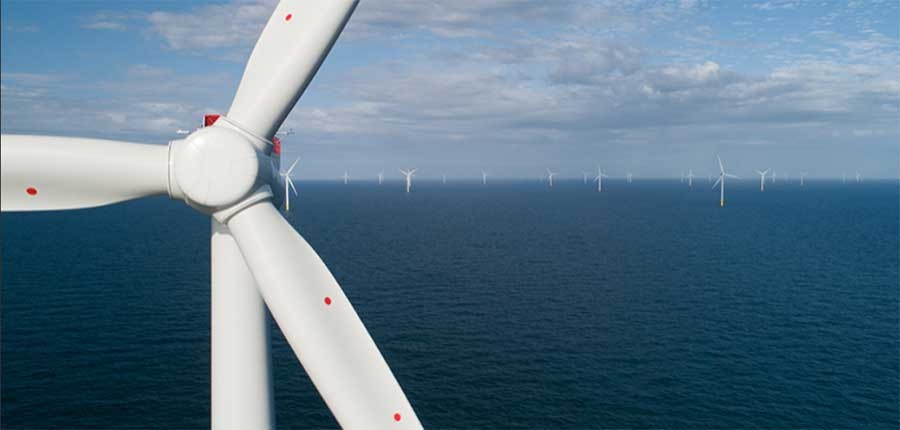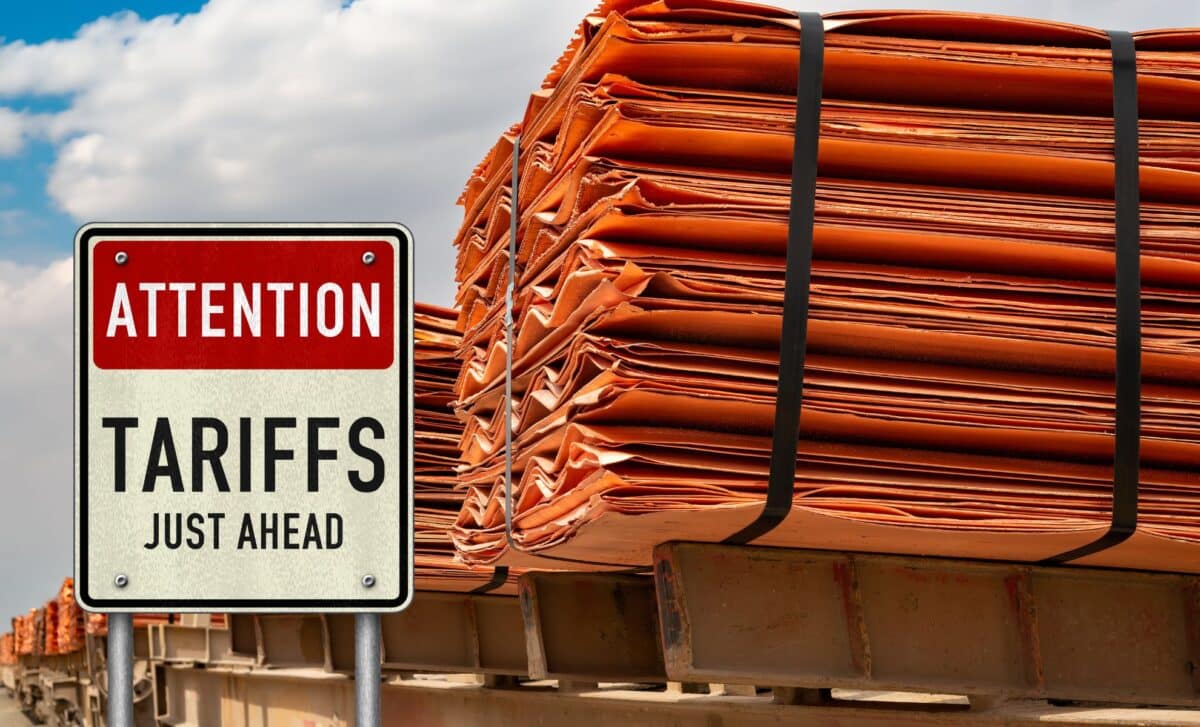
Introduction: Eurofer’s Proposal for Stricter Trade Defense Measures
Eurofer, the European steel association, has proposed a 50% out-of-quota tariff after the safeguard measure expires in 2026. This aims to address the surge in steel imports, which now make up 30% of total supply at lower prices than domestic production. Mario Arvedi Caldonazzo, CEO of Italian steelmaker Arvedi, stressed that this tariff is critical for the future of the EU steel sector. Proposals on this measure are expected in mid-July.
Eurofer’s Strategy to Safeguard the EU Steel Market
Eurofer’s plan involves slashing duty-free volumes by 50% and implementing strict trade defense measures. These actions are meant to reduce the impact of cheap imports on the local industry. Eurofer hopes to see these measures take effect by January 2026, well before the safeguard measure ends in June. Without action, the EU could face a future where it only imports and re-rolls semi-finished steel.
Melt-and-Pour Clause and Carbon Border Adjustment
Eurofer is pushing for the recognition of scrap as a critical raw material in EU policy. The EU exports 20 million tons of scrap each year, and mills process it before selling it back into Europe as steel products. By retaining more scrap domestically, the EU could reduce its carbon footprint. Additionally, Eurofer calls for the extension of the Carbon Border Adjustment Mechanism (CBAM) to close loopholes like “resource shuffling.” This practice occurs when mills sell cleaner steel to the EU and dump dirtier steel in other markets.
Challenges in the EU Steel Market
Arvedi warned of a grim outlook for the EU steel market, with no recovery expected this year. The disparity between import and domestic steel prices, combined with weak demand, presents significant challenges. This underscores the need for robust trade defense measures to ensure the survival of EU steel producers.
SuperMetalPrice Commentary:
Eurofer’s call for a 50% tariff post-safeguard underscores the growing pressures on the EU steel industry. With imports flooding the market at cheaper prices, local producers are facing increasing competition. Success depends on timely implementation of these measures and the broader geopolitical context. The EU’s push to integrate sustainability into steel production, including scrap recognition, shows promise for balancing trade defense with environmental goals. However, the implementation details will ultimately shape the future of the EU’s steel industry.











Leave a Reply
You must be logged in to post a comment.